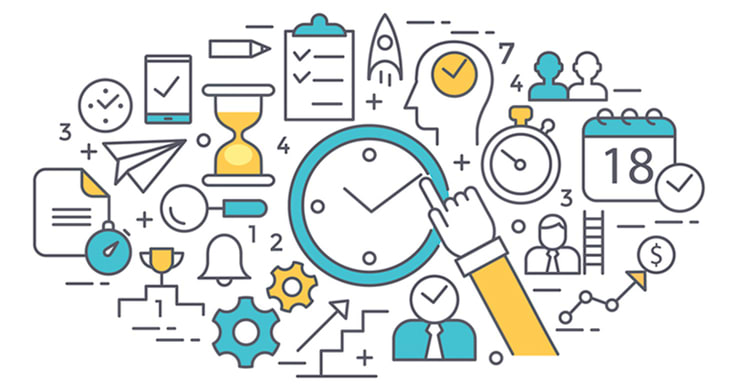My take on how to master Time Estimation (TE) in a full stack software development.
My belief is that estimating time for a new feature could be harder mission than developing one.
Understanding that there is a timeline creation for different features is something that needs to take in a closer consideration, and as one gain more experience it's easier to be handled.
We all know how important is being accurate in time estimations:
- Pricing determination.
- Setting a feature (or a sprint) deadline.
- Understanding the next milestone timeline
Personally looking on my journey, it took me quite a while, ~4 years, to find a platform that kept me satisfied and was able to support my tasks at a high level, I also believe that this system may support other developers concurring this issue.
In this article I will explain the system, and I'll demonstrate a live TE breakdown
The System
- Separate the task for multiple (and very) small subtasks.
- Each task should be time measured.
- The minimum time estimating per subtask should be 0.5 day. Even if you think the subtask is less than hour, make it 0.5 day.
- Always round the time 0.5 day up. (1.1 days will become 1.5 days).
- Combine the subtasks time estimation.
- Add 10% collateral time. (Do not round time here).
- If you didn't consider tests - Add 20% time. (Do not round time here).
- Add 20% time for personal QA.
- Round Time up if needed.
Use-Case Demonstration
Lets take a simple full stack task and estimate its time
Task
Show a list of all users in the software.
Show maximum of 10 users and add pagination if needed.
Give the option to filter between different users (admin, premium, etc...).
Time Estimation
- Subtasks separation:
- Creating API in the server side, including routes, controllers, interactors, database calls - 0.5 days.
- Creating a network call from client to server. Make sure it works properly - 0.3 days -> 0.5 days.
- Updating the server to get page number, filter phrase, and collect the relevant 10 users from DB + Update the client network call + Check the API - 0.6 days -> 1 days.
- Creating a new page in the client side and show all the users - 0.5 days.
- Adding filtering section and update calls - 0.5 days.
- Adding pagination section and update calls - 1-1.2 days -> 1.5 days.
- Combining time estimations - 4.5 days.
- Adding 10% collateral time - 4.9 days.
- Adding tests 20% - 5.9 days.
- Adding self QA 20% - 7.1 days.
- Rounding - 7.5 days.
Yes - 7.5 days.
It may look a lot, but let me tell you this - After this TE you either deliver it sooner, either deliver with small/non QA rejections, and you'll have the confidence of delivering a good quality task on time.
Hope this will help someone out there :)
Thanks for reading ✌🏼









Top comments (5)
Great article. I would add: It makes sense to follow actual vs predicted time for the various features and, first and foremost the global tasks (e.g. overhead, unit tests) this helps in improving and fine-tuning the estimations over time (maybe unit tests take me 25% and not 20% on average).
Great tip and very useful.
Thank you very much!
Thanks for the good article, it helps me to correctly estimate the time without fear of failing the deadline :)
That's very insightful. Thanks.
This system is very helpful, thank you so much for sharing!